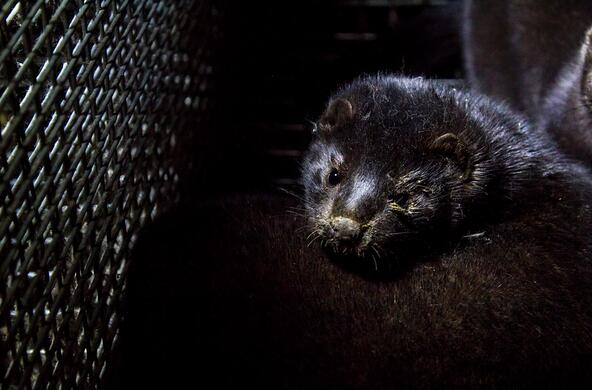Coronaviruses, Monkeypox, and Ebola are all examples of zoonotic diseases – those that spread from wildlife and domesticated animals to people. Zoonotic pathogens claim millions of lives each year, and outbreaks are increasing in frequency.
What if we could forecast pathogen spillovers and diffuse them before they harm people, other animals, or ecosystems? This question is at the heart of Dr. Barbara Han's research program. Working at the intersection of ecology, computing, and global public health, she is developing new tools to predict and preempt zoonotic disease outbreaks.
Using machine learning, a form of artificial intelligence (AI), Han’s models have revealed mammal species most likely to harbor COVID-19 and cause spillback transmission of harmful variants to people. She has also led research on global patterns of zoonotic disease in mammals, including Nipah and Ebola hotspots, bat species most likely to spread filoviruses, and rodent and carnivore species likely to serve as zoonotic disease reservoirs
With colleagues, she is advancing an infectious disease surveillance system whose real-time data streams will help us understand when and where, but also why zoonotic diseases jump from wildlife or livestock to people. The goal: effective monitoring that safeguards communities.






